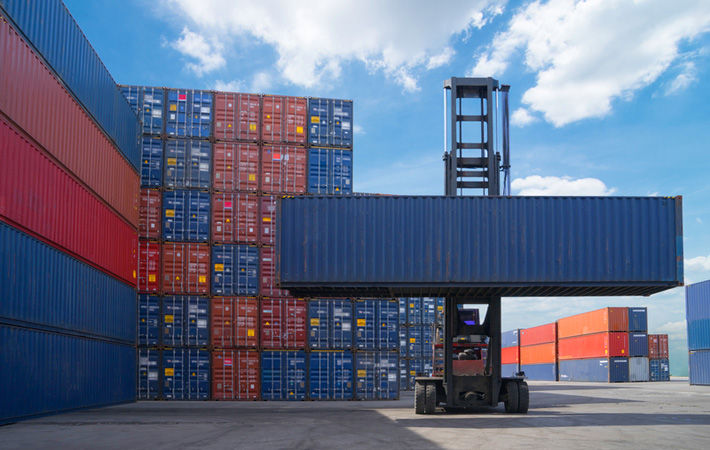
According to the Vietnam Maritime Administration (VMA), the fleet of Vietnam-flagged cargo ships has nearly 1,050 units, of which only 38—4 per cent—comprises container ships and the number almost kept unchanged between 2016 and 2021.
Vietnam's import and export transport market is now mainly dominated by foreign shipping lines.
The inter-linking of maritime and inland waterway transport modes has had a positive impact, reducing pressure on road transport.
Therefore, enhancing competitiveness in the international market by ‘rejuvenating’ the national cargo container fleet is identified as an urgent task, according to a report by a Vietnamese news agency.
VMA deputy director Nguyen Dinh Viet said that despite the serious impact of the pandemic, the volume of cargo handled by domestic ships in 2021 was estimated at 156.5 million tonnes, up by 2 per cent year on year.
In the year, Vietnam’s seaports handled over 703 million tonnes of goods, representing a year-on-year (YoY) rise of 2 per cent. The total volume of container cargo going through seaports rose 6 per cent YoY to 23.9 million TEUs.
In late November, the container transport route directly connecting Vietnam, Malaysia and India of the Vietnam Maritime Corporation JSC (VIMC) was officially established. Not only shortening the transportation time by 10 days compared to the previous transshipment route through Port Kelang of Malaysia, ships choosing this route can also go directly, without having to combine with foreign container ships.
This raises hopes for Vietnam to have an intercontinental fleet, helping goods owners be proactive in importing and exporting goods, instead of depending on foreign shipping lines with costs of 5-7 times higher.
ALCHEMPro News Desk (DS)
Receive daily prices and market insights straight to your inbox. Subscribe to AlchemPro Weekly!